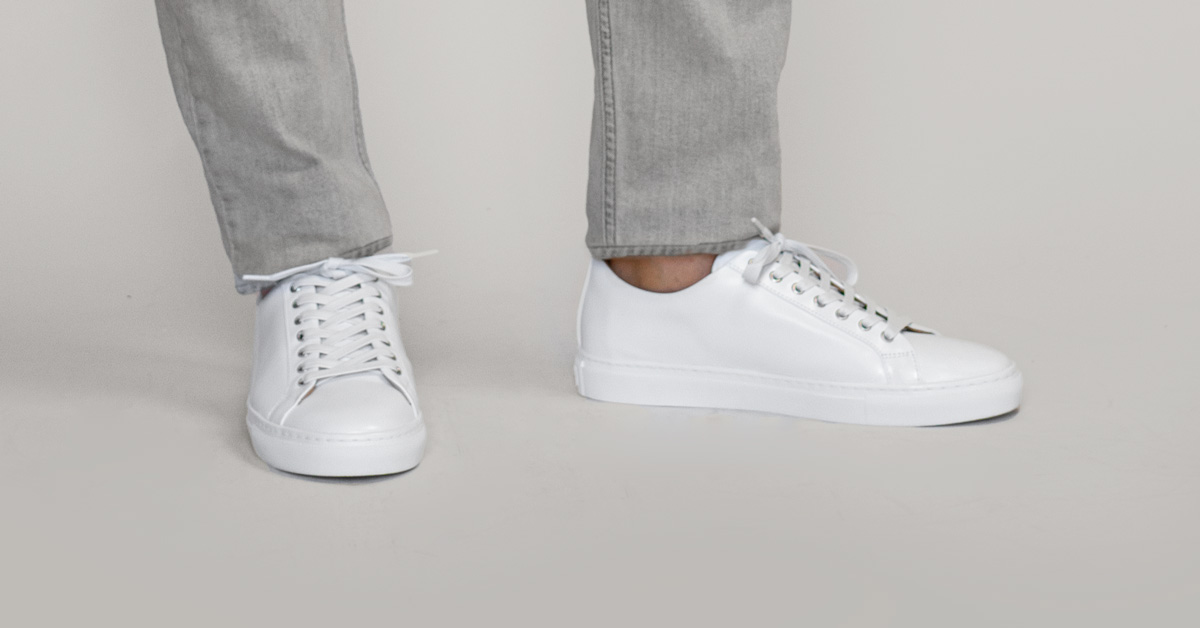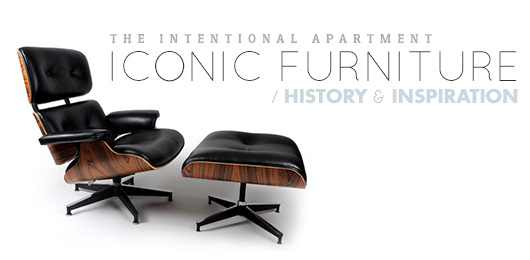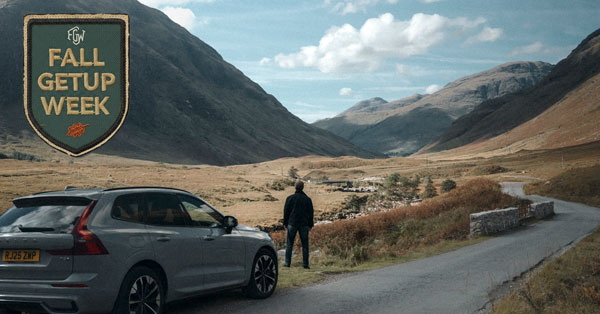It happens gradually.
First, you buy proper hangers.
Then you pick up a pack of collar stays the next time you buy shirts.
Before you know it, you’re fully committed to buying accessories. For your accessories. And…it makes a difference.
You’ve long since graduated beyond the “keep clean laundry on a chair” storage method. (Right?) Taking care of your clothes and accessories is the best way to ensure that they’re in good condition and ready to wear as soon as you need them, no ironing/steaming/cleaning required.
The next level of care above that is showing your favorite wardrobe items a little extra TLC. Whether you want to take proper care of the nicer/dressier items in your closet or keep more budget-friendly pieces from showing wear prematurely, or both, the principle remains the same: an extra minute or two of attention to a garment’s storage can prolong its life span, keep it from looking worn out prematurely, and ensure you get your money’s worth.
If you have any dress shoes, you probably have at least one set of shoe trees–wood (typically cedar) inserts that you keep in the shoe when you’re not wearing them. Maybe the trees even came with the shoes. Using shoe trees feels a little old-fashioned (like collar stays), but that’s what you do for dress shoes, right?
Why stop at dress shoes?
Why you need shoe trees for sneakers
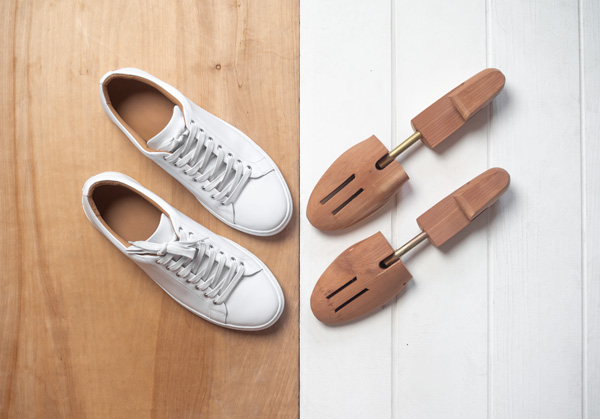
How often do you wear your dress shoes? Unless you work at a very traditional/conservative office, maybe once a month? Less?
Now, how often do you wear nicer/upscale sneakers? At least a few times a week, maybe even every day? We’re not talking gym shoes; these are the higher-end kicks you wear to work, on dates, and basically everywhere you’d like to have a smart casual alternative to dress shoes.
So if you’re wearing your sneakers as dress shoes, you'll want to care for them in a similar way so that they stay sharp as long as possible. After all, the more worn in, stretched out, and beat up a pair of sneakers looks, the more casual they become.
It may seem strange at first, but shoe trees are as much an essential part of your shoe care kit as polish, a brush, waterproofing spray, and a Magic Eraser.
Using shoe trees has a number of benefits:
- Limit cracking and creasing
- Draw out moisture to keep the insoles fresh
- Eliminate odors
- Maintain the shoe’s shape and integrity
Sure, it’s basically a shoe-shaped block of (admittedly nice-smelling) plant fiber, but a pair of shoe trees will do a lot to keep your favorite kicks fresh and in good repair.
What to look for in shoe trees for your sneakers
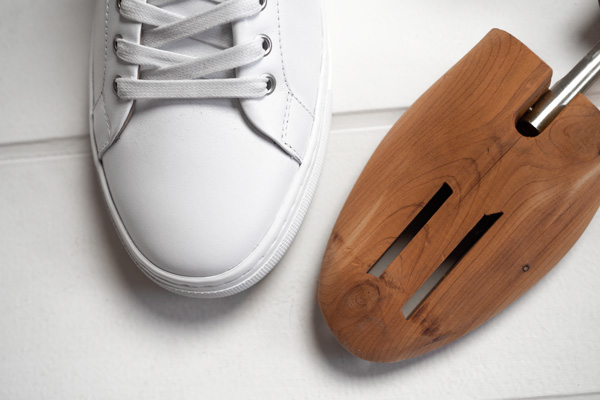
The most important function of shoe trees is to preserve the shape of the shoe. So any shoe tree will do, right?
Not quite.
Plastic shoe trees exist, and are a lighter/less expensive alternative to cedar trees. But maintaining form isn’t a shoe tree’s only function. If it were, material wouldn’t matter as much. Due to cedar’s numerous other benefits, plastic shoe trees are really only useful for travel if weight is a major concern.
In addition to providing a form to keep the shoe in its proper shape between wears, a cedar shoe tree is your biggest weapon in the fight against a shoe’s (and a foot’s) natural enemy: moisture.
As you probably know if you’ve ever sweated anywhere on your body, sweat + time – cleaning = stank. Damp, clammy shoes are a breeding ground for bacteria, fungus, mold, mildew, etc.–all things that can negatively impact the look and smell of your shoes. Not to mention the health of your feet.
Cedar absorbs and funnels away moisture, as well as acting like a natural deodorant. (Plastic acts like a barrier, preventing moisture from evaporating.) Cedar wood also has anti-fungal and anti-bacterial properties, and if you’ve ever purchased cedar blocks to store with your wool sweaters, you know it’s a natural insect repellent, too.
Plus, if your cedar shoe trees ever start to lose their fresh aroma, you can gently buff them with a piece of fine-grain sandpaper to refresh them.
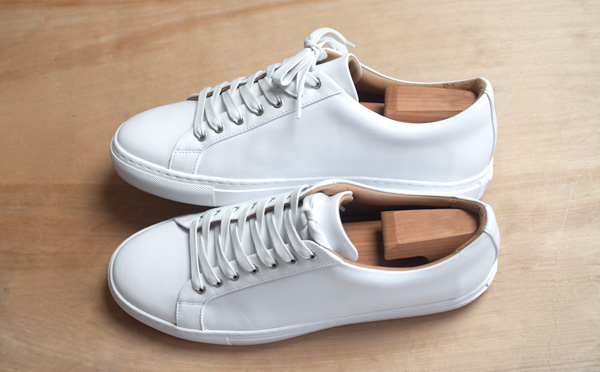
There is some debate about split toe shoe trees vs. solid trees, but that really comes down to personal preference and what fits your shoes best. Sneakers tend to have a slightly wider toe box than dress shoes, so try a couple of different styles before you buy a shoe tree for every pair of sneakers in your closet.
Be aware that shoe trees are not shoe stretchers. The two look somewhat similar, but shoe trees should help keep your shoes fitting properly, not stretch them out. If you notice that your shoes are straining to accommodate the shoe trees, try a different brand, a smaller size, or both.
Also, damp leather stretches more easily than dry leather, so if your feet were sweating a lot (or your sneakers get wet) let the shoes air-dry a bit before adding the inserts.
Cedar shoe trees to consider:
What are alternatives to buying shoe trees?
If you don’t want to buy shoe trees, but still want to reap some of the benefits, there are a couple of options.
Paper isn’t as good at wicking away moisture as cedar, but it’s not as bad as plastic. Your shoes probably came with tissue paper for shaping, so keep the paper (or try wadding up tissue or even newspaper or gift wrap, in a pinch) and stuffing it into the toes of your shoes between wears. Try to shape the paper like the front of your own foot.
Paper can also be useful if your shoes get wet, like “caught in a sudden downpour” soaked. Use crumpled up tissue or newspaper to help absorb excess water, then discard the paper (or let it air-dry and reuse), air out the shoes, and then stuff with fresh paper once they’re no longer soggy.
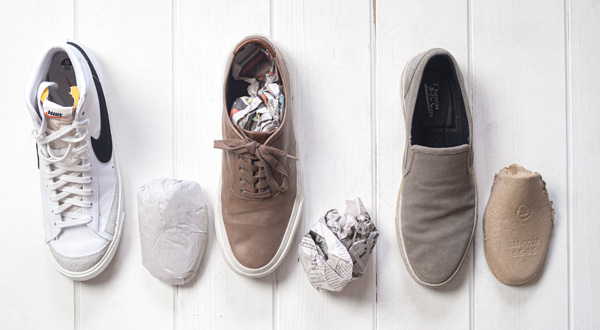
Or if your sneakers came with a cardboard insert, save that and pop it back in the shoes when you’re not wearing them. The slightly stiffer cardboard will help position the shoe in its proper form, and the material will still breathe and allow moisture to escape. It’s not nearly as good as cedar shoe trees, but it’s way better than using nothing.
You don’t need shoe trees for every pair of sneakers, but make sure you have at least a couple sets of trees so you can use them for the shoes in heavy rotation. If you have sneakers that only get worn occasionally, loosen the laces a little so they get more air exposure, then maybe fit them with the shoe trees for about 24 hours before switching the trees out for paper stuffing.
Shoe trees may seem unnecessary, but a $15 set of cedar shoe trees can help keep your $100+ sneakers clean and pristine, extending their life by years. And anything that saves you money in the long run is a good buy.
What’s your favorite tip for keeping clothing and accessories in good condition? Share it with us in the comments!
Read more style hacks:



